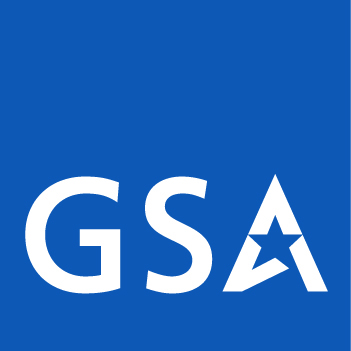The "Just Say No" campaign launched in the 1980s encouraged teenagers to stop taking drugs. When it began, it was considered one of the best anti-drug messaging programs ever created.
However, since then, most studies have concluded that the program failed.
For instance:
The Department of Justice concluded that the campaign led to short-term reductions in tobacco but not the use of drugs.
In 2001, Dr. David Satcher, the Surgeon General of the United States, said it resulted in more people taking drugs.
The campaign had a "boomerang effect." Instead of encouraging teens to stop taking drugs, they rebelled and took more.
Asked why these programs failed and why similar programs encouraging people to use water more responsibly and efficiently have failed, Klaus Reichardt, C.E.O. and Founder of Waterless Co., Inc., says the problem was they often "use scare tactics."
“They evoked an emotional reaction that soon dissipated. Teens heard the messages but eventually just ignored them."
It happens with adults as well. Scare tactics often make adults feel guilty, according to Reichardt.
”Soon, they tune out on the campaign or, just like the teens, do the opposite of what they are being encouraged to do.”
Instead of using scare tactics to change behavior, Reichardt recommends the following:
Stay Positive. Positive messaging makes people feel good about what they are being encouraged to do.
Stay Hopeful. People feel empowered to change their behaviors when they feel there is hope, including reducing water consumption.
Encourage Action. Let people know what they can do to make changes in their lives.
"For generations, we have tried to change behaviors by scaring people to change," adds Reichardt. "I see it all the time with water efficiency and conservation, but invariably, there is a backlash.
Today, when it comes to water, we must change strategies quickly. Instead of saying ‘just say no,’ let’s start saying, ‘here’s what you can do.’”
Klaus Reichardt is CEO and founder of Waterless Co, Inc., a pioneer in advancing water efficiency. Reichardt is a frequent author and presenter who discusses water conservation issues. He can be reached at klaus@waterless.com






















